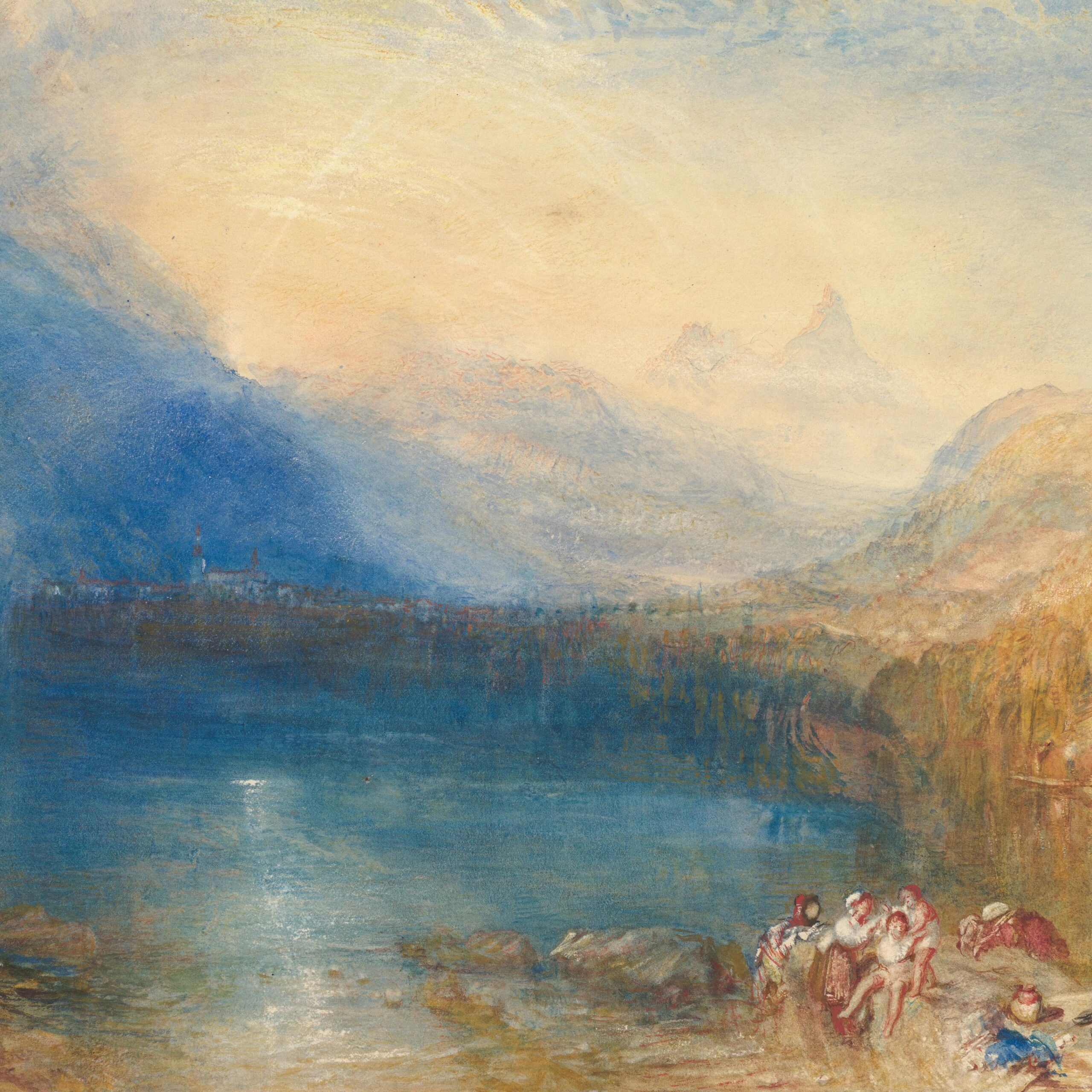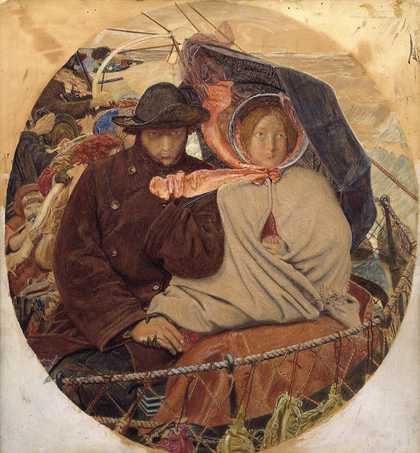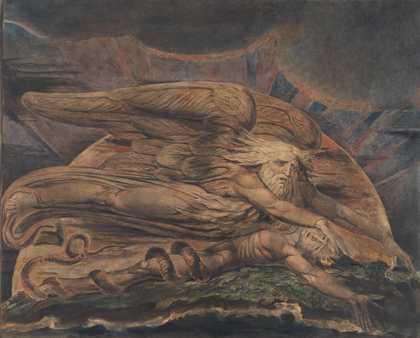September 4–December 9, 2025
The Met
The Department of Drawings and Prints holds a remarkable collection exceeding one million works, spanning from approximately 1400 to the present day, primarily from Europe and the Americas. Due to the delicate nature and light sensitivity of these works, they are exhibited only for limited durations. To showcase such a broad and diverse assembly of artworks on paper, the department organizes quarterly rotations in the Robert Wood Johnson, Jr. Gallery. Each exhibition is curated collaboratively and features up to 100 selected pieces, grouped by artist, technique, style, period, or thematic subject.
This upcoming installation delves into the intricate ways artists weave complex layers of meaning into their works. It highlights how narratives, emotions, and ideas can be conveyed through allegory—using symbolic storytelling—and abstraction—expressing through form, color, and pattern. A centerpiece of the exhibition is Henri Matisse’s striking 1947 series Jazz, which vibrantly conjures joyful memories of circuses and folklore while simultaneously alluding to the somber historical context of World War II in France. Alongside, Louise Bourgeois’s evocative 1947 piece He Disappeared into Complete Silence offers a profound psychological self-portrait that blends allegory and abstraction in a deeply personal drama.
The exhibition also presents a rich range of dance depictions from the Renaissance through the twentieth century, where artists capture the expressive power of the human body. These works communicate palpable emotions and entire stories through abstracted movements, underscoring the body as a medium of narrative and feeling.
Furthermore, this selection honors the significant contributions of J. M.W. Turner and Thomas Girtin with exquisite watercolors celebrating the 250th anniversaries of their births. Their innovative use of light, color, and atmosphere presciently anticipated many elements central to twentieth-century abstraction, bridging historical artistic traditions with modern sensibilities.
For an in-depth overview and further exploration of the artworks showcased in this rich presentation, visit the official exhibition page: Allegory and Abstraction at The Met.



